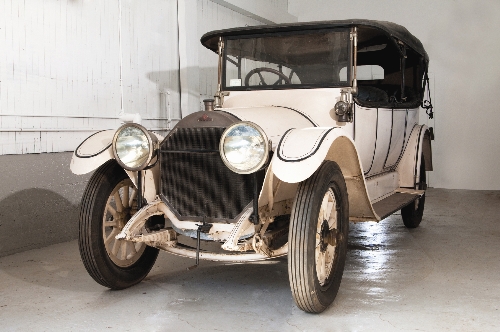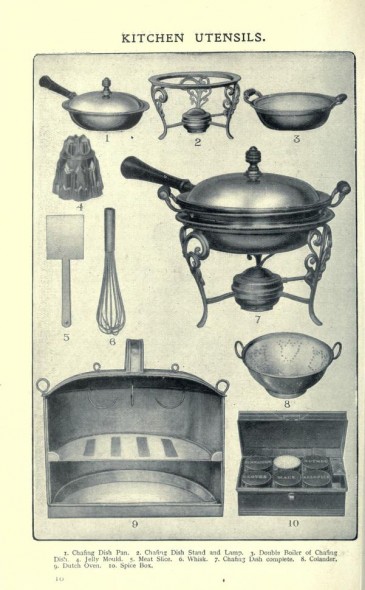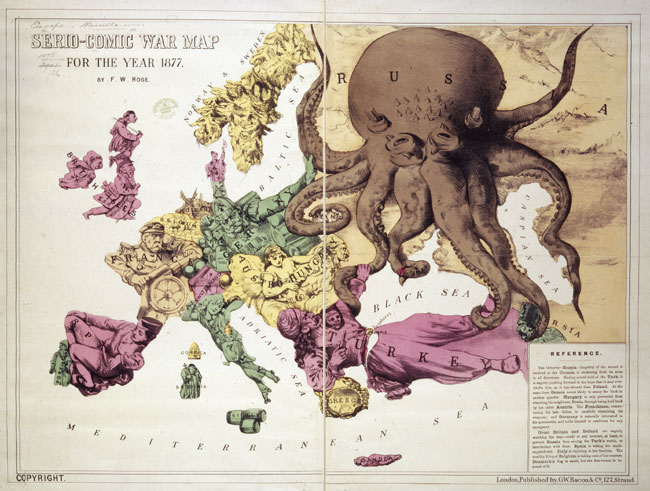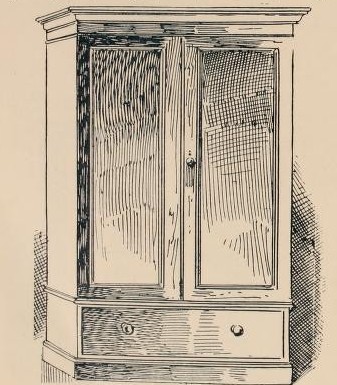It isn’t easy to find an Edwardian drinks cabinet, so this one, labeled with the name of a well-known English company, Mappin & Webb, brought $7,380 at Neal Auction Co. in New Orleans. Inside the top section were an ice bucket, cocktail shaker, decanters, glasses and other utensils. Bottles were behind the lower cabinet doors.
Drinks before or after dinner have been part of the ritual of dining in America since the 1800s. By then, the wealthy lived in houses that had a dining room, living room and perhaps a parlor or library.
Men and women enjoyed “4 o’clock tea” during Victorian times, but it was usually a ladies’ get-together. After a dinner party, however, it was customary for the men to go to the library for brandy and cigars.
In the 1700s, alcoholic drinks were served to everyone. It was the safest thing to drink; clean water was not always available.
In the years since, there have been times when drinking was an important part of social events and times when it was illegal.
Through all of these years, furniture, decanters, glasses and other things were made to use when serving drinks.
Some dining-room sideboards in the early 1800s had a closed section deep enough to hold a bottle of wine or brandy to serve at dinner. In Victorian times, bottles and glasses often were kept on a tabletop or inside a closed cabinet.
Closed cabinets with hidden sections for bottles and glasses were popular after 1900. They often were made in a formal style from an earlier period. The end of Prohibition in 1933 brought whiskey out of hiding and back onto the table.
By the 1950s, drinks often were served from a built-in bar in the recreation room. [Source]
More from Evangeline Holland
Thomas Edison’s 1910 film “Frankenstein” Coming to DVD
This Thursday marks the 100th anniversary of Thomas Edison’s ground-breaking Frankenstein movie,...
Read More
You may also like
3 replies on “An Edwardian Drinks Cabinet”
Comments are closed.






Ooh, I like. If I could afford it, I would definitely want to own one of these. They are so fashionable.
Yes, I completely agree! Looking at gorgeous antiques like this makes me want to stock up my liquor cabinet and buy new glasses.
I think it was very civilised for closed cabinets with sections for bottles and glasses to become popular after 1900. The furniture was very attractive and the gathering of the drinking paraphernalia together in one place was sensible.
But who were the bottles and glasses hidden from, in the years before Prohibition? Was there some sort of wowzerish shame about publicly acknowledging that the family drank and that their guests would be drinking as well?
Compared to the Deco drinking cabinets that became so glitzy and popular, your photo is relatively modest 🙂